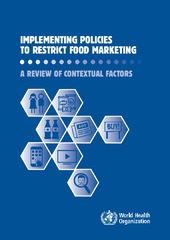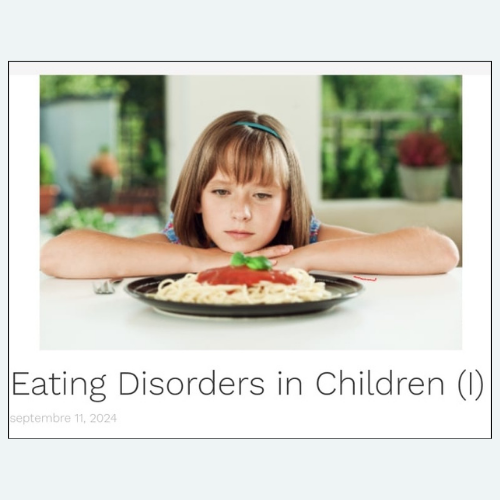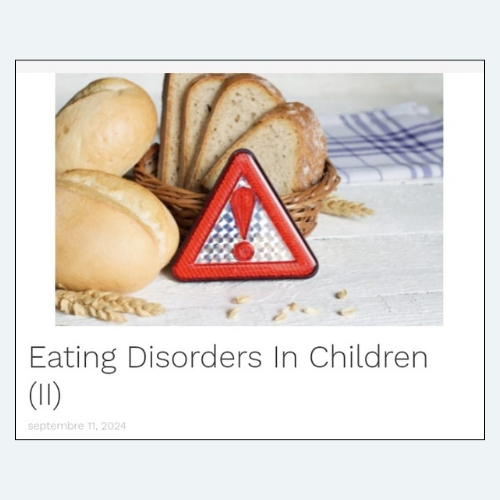Food advertising on children is a major concern for parents, educators, and health advocates. The impact of these ads shapes children's eating habits from an early age. Understanding how food marketing affects children is crucial for promoting healthier choices. Food ads often make children eat more and influence their preferences in negative ways. This analysis highlights the implications of food advertising on children and the need for responsible marketing.

The Scope of Food Advertising on Children

Food advertising on children is everywhere. Studies show that children see thousands of food advertisements each year. These ads usually promote unhealthy foods, contributing to rising obesity rates among kids. Fast food companies often use deceptive advertising. They market healthier options but fail to convey the right nutrition messages. Parents struggle with the influence of misleading food marketing.
Food Advertising on Children: An Overview

Food advertising on children is a critical issue in public health. This topic gets attention because it can greatly impact children’s dietary habits. With childhood obesity on the rise, understanding how food marketing affects young audiences is essential.
The Scale of Food Advertising to Children
According to the American Academy of Pediatrics, kids see about 12-21 food ads daily on TV. These ads mainly promote unhealthy foods, leading to poor dietary choices (AAP Policy Statement). A report by the Institute of Medicine states that children aged 2 to 11 view around 10,000 food ads yearly, mostly for sugary cereals and fast food.
Impact on Children’s Eating Habits
The influence of food advertising on children is significant. A study in the Journal of the American Dietetic Association shows that kids exposed to food ads are more likely to choose unhealthy options. This trend negatively impacts their diets and contributes to obesity (JADA Study). Additionally, the World Health Organization (WHO) states that marketing unhealthy foods leads to bad dietary patterns and increased obesity risk (WHO Report).
Parental Concerns and Perception
Parents are becoming more aware of how food advertising affects their kids. A Nielsen study found that 60% of parents believe food ads harm their children’s eating habits (Nielsen Study). Organizations like the Center for Science in the Public Interest note that fast food companies spend over $4.6 billion annually on marketing to children (CSPI Report).
Regulatory Landscape and Recommendations
The lack of regulation in food marketing raises ethical concerns. Studies show that misleading claims about baby and toddler foods hide unhealthy truths. The WHO recommends stronger policies to protect children from harmful food marketing, emphasizing the need for regulatory frameworks.
The Effects of Deceptive Advertising Practices

Deceptive advertising practices targeting children are widespread. Advertisements often exaggerate the benefits of unhealthy products. Children may struggle to tell the difference between persuasive ads and factual information. This vulnerability leads to poor dietary choices and unhealthy weight gain.
How Advertising Influences Eating Habits
Food advertising has a strong effect on children’s eating habits. Research shows that when kids see food ads, they are more likely to pick unhealthy foods. This is worrying because it can lead to childhood obesity, which is a serious issue today.

Food Advertising and Unhealthy Choices
Many studies have found that children who watch food ads often choose fast food, sugary snacks, and drinks. Advertisers make these products look fun and exciting, using bright colors, catchy songs, and cartoon characters. Children, who are still learning to make decisions, can’t always tell the difference between fun ads and real information. As a result, they may start craving foods that are not good for them, which can lead to bad eating habits.

The Psychology Behind Food Marketing
Food companies use clever tricks to make their products more appealing to kids. They tie their foods to happy emotions, like joy and excitement, or even to feelings of belonging. For example, an ad might show kids having fun at a party with a certain snack. Over time, children start to connect eating those snacks with being happy or cool, even if the food is unhealthy.
Because kids are still developing mentally, they often choose foods based on what looks or feels fun, not based on whether it’s good for them. This makes it hard for them to resist unhealthy food, especially when they see it advertised repeatedly.

Link to Childhood Obesity
The more food ads children see, the more likely they are to become overweight. Ads that promote fast food, sweets, and salty snacks make kids want these products. When kids ask their parents for these foods, it’s hard for parents to say no all the time. As a result, kids eat more calories than they need, which can lead to weight gain and obesity.

Why We Need to Take Action
Given how much food advertising affects children’s eating habits, it’s important to put some rules in place. Many health experts, including the World Health Organization (WHO), suggest stronger controls on food marketing for kids. They recommend stopping ads for junk food during children’s TV shows and making labels on food packages clearer, so parents can make better choices.
Schools and communities can also help by teaching kids about healthy eating and how to understand ads. When kids learn to think critically about what they see, they are less likely to be tricked into unhealthy food choices.
In short, food advertising has a big impact on the way children eat. It often encourages them to choose unhealthy foods, which can lead to obesity. The psychological tricks used in ads make it hard for kids to resist these foods. That’s why it’s important to introduce rules and educate children to help them make better food choices. This way, we can create a healthier future for the next generation.
The Role of Responsibility in Food Marketing
There is growing agreement on the responsibility of food companies in marketing to children. Companies should prioritize ethical advertising practices. However, many still use aggressive marketing strategies that harm children’s health. This raises questions about the ethics of marketing fast food to children.
WHO Guidelines on Food Advertising

The World Health Organization (WHO) has released guidelines to protect children from harmful food marketing. These recommendations stress the need for stronger policies. Regulating food advertising is crucial for promoting healthier choices among children.
Problems and Solutions in Food Advertising to Children

Addressing food advertising issues requires collaboration. Parents, educators, and policymakers must work together to find effective solutions. Educating children about nutrition can help counteract the influence of food ads. Additionally, advocating for stricter regulations can reduce the impact of deceptive marketing.
Conclusion: Moving Forward
In conclusion, food advertising on children poses significant challenges that need to be addressed. By understanding the effects of these ads, society can push for healthier marketing practices. The responsibility lies with both food companies and consumers to demand transparency and integrity in advertising. Together, we can create a healthier environment for our children.




